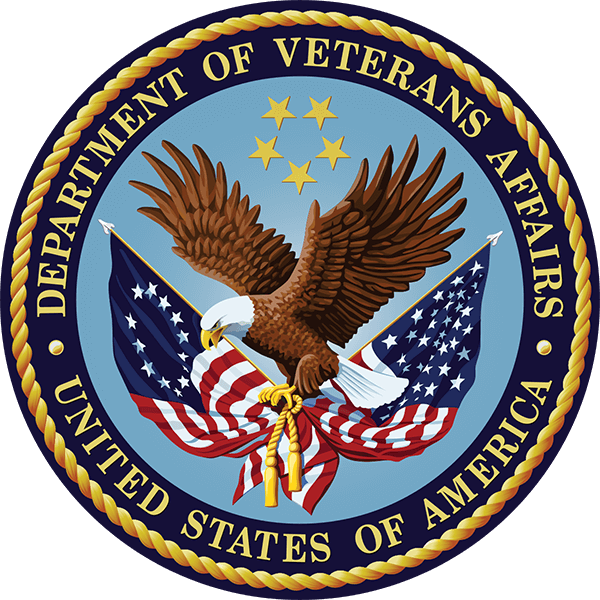WWII Veterans today are all over 70 years old and subject to all the diseases of aging: cardiovascular diseases, cancer, dementias of the Alzheimer’s type, etc. However, in the early 1940’s, they were among the nation’s fittest and participated in modern warfare that coincided with major advances in modern medicine.
“World War II (1939-1945) killed more people, destroyed more property, disrupted more lives, and probably had more far reaching effects than any other war in history.”
World Book Encyclopedia
Statistics
- December 7, 1941 – December 31, 1946
- Total who served in all Armed Forces: 16,112,566
- Battle Deaths: 291,557
- Wounded: 671,846
- Medals of Honor: 433
Unique Health Needs
Interesting to note, the advent of antibiotics began with the use of sulfonamides in the mid-1930’s, and the WWII troops had the benefits of sulfa and penicillin to treat both disease and wound infections. They also benefited from the availability of blood transfusions, aero medical evacuation, better burn management, synthetic antimalarials and DDT, and a wide range of preventive measures including immunizations against yellow fever, cholera, plague, influenza, typhus, typhoid and tetanus. The result was a 4% died-of-wounds rate for British and American troops, (this rate was later reduced to 2.5% in Vietnam) and death rates from disease markedly fell below the killed-in-action rate.
During WWII, morbidity from such diseases as tuberculosis (anti-tuberculosis agents did not begin to appear until 1949), rheumatic fever, hepatitis and tropical diseases was high and the prime reason for residual disability and time lost from duty.
Besides infectious diseases and wounds, other health risks of WWII included:
Frostbite / Cold Injury
Cold injuries may result in long-term health problems, including the following signs and symptoms (at the site of exposure):
- Changes in muscle, skin, nails, ligaments and bones
- Skin cancer in frostbite scars
- Neurologic injury with symptoms such as bouts of pain in the extremities, hot or cold tingling sensations, and numbness
- Vascular injury with Reynaud’s phenomenon with symptoms such as extremities becoming painful and white or discolored when cold
Mustard Gas Testing
In the 1940s, the Department of Defense recruited “volunteer soldier” subjects for experiments using mustard agents to evaluate clothing, ointments and equipment to protect American troops from mustard agent attacks.
- Nearly 60,000 military personnel were involved in a wide range of exposures, most of them participating in mild exposures (a drop of agent on the arm in “patch” tests).
- Approximately 4,000 soldiers were subjected to severe, full-body exposures carried out in gas chamber trials or as a part of field exercises over contaminated ground areas.
Exposure to Nuclear Weapons
WWII Veterans may have participated in atmospheric nuclear weapons tests which were conducted primarily in Nevada and the Pacific Ocean between 1945 and 1962.
Nuclear Cleanup
Veterans who were involved in the occupation of Hiroshima and Nagasaki, Japan between August 6, 1945, and July 1, 1946 and Veterans who were prisoners of war in Japan during World War II may have participated in nuclear cleanup.



